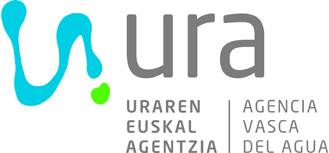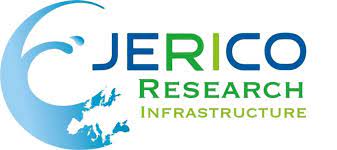Platform Abstract

Number of platforms with time per variable
Number of platforms with time per platform tipology
Number of measured variables
Number of measured variables per platform tipology
Here you are consulting the ebegi viewer, developed by AZTI where you can explore and download the metadata
of the multidisciplinary and multiplatform observational efforts at the core of ebegi project.
This viewer is a first step towards identifying integration needs and opportunities for the building of an
optimized observatory for the integrated observation of south-east Bay of Biscay coastal area.
Browse for info
Browse through the left menu options to:
• Explore the geographical coverage and extension of the different topics and networks*
• Visualize platforms by type, name, and measured variables
• Select times and depths for filtering the active platforms in given periods or compartments
For statistics on the measured variables, please go to the KPI tab ad use the left menu options for filtering the data you want to analyse.
For more detailed info on the measured variables, please go to the metadata download tab and use the left menu options for filtering the data you want to display or download (this last option offers the most complete list of metadata).
The ebegi viewer does not provide direct access to oceanographic data. Data can be accessed (for most cases)
via the corresponding URLs and/or by emailing the contact person.
Context. During the last decades and thanks to the participation in European, national and regional projects,
AZTI (Marine Research Institute located in the Basque Country, SE Bay of Biscay)
has been playing a key role in the Observation of the Bay of Biscay and the coastal zone of the Basque Country.
Observational efforts, campaigns and initiatives (e.g. Coastal Operational Oceanography System EuskOOS,
Climate Change Observatory, Network for the Ecological Quality Assessment of the Transitional and Coastal Waters,
Multidisciplinary Ecosystem Campaigns…) currently respond to questions of different disciplines and sectors.
ebegi aims to capitalize these efforts by ensuring better communication and coordination between the different components
of the ocean observation in the area for the development of a common scientific and technological strategy towards the
constitution of an optimized observatory. In addition, ebegi aims at identifying technological and methodological innovations
and creating opportunities for their implementation in this observation system.
For more info on the ebegi project please visit:
https://www.azti.es/en/proyectos/ebegi/
*Some useful definitions.
TOPICS. The topics correspond to the main themes in the context of which the data are generated.
They are generally associated with issues or components that give rise to monitoring programs,
long-term projects, etc. The Topics constitute the first level of organization in the structure of
ebegi and are intended to help the user to orient her or his search.
NETWORKS. The networks correspond to the specific projects, issues or data sources under a general topic.
Sometimes they are associated with specific studies or services; in other cases,
they correspond to a specific monitoring program within the framework of a broader topic.
In ebegi this level of organization is not mandatory, e.g.it is not necessary for a topic to
be deployed in networks.
PLATFORMS AND PLATFORM TYPE. The platforms are the specific sources from which the data originate,
and they are briefly described or characterized by the platform type. In some cases they have been
defined by particular locations or areas (e.g. “Mendexa experimental site”, in the topic
“Offshore Aquaculture Monitoring”); in other cases they correspond to specific field surveys;
and there are as well cases where platforms correspond to a type of source under a broader type
(e.g., in the topic “Fisheries monitoring”, a platform type is “Fishing vessels”, and a platform is
“Coastal longliners fishery”).
VARIABLES AND VARIABLE GROUPS. They correspond to the specific variables measured in the areas or
locations covered by the ebegi platforms. The variables are grouped, according to their type,
in different categories: “Topography and Bathymetry”, “Chemistry”, “BioGeochemistry”, “Physics”,
“Human activities”, and “Biology & Ecosystems”.







